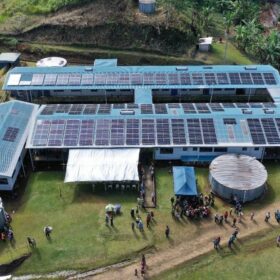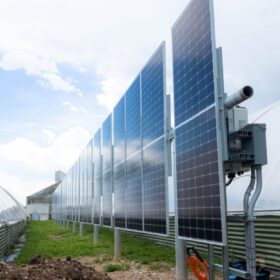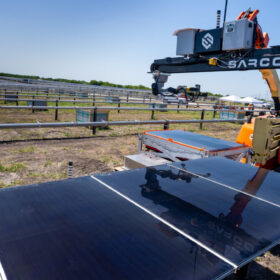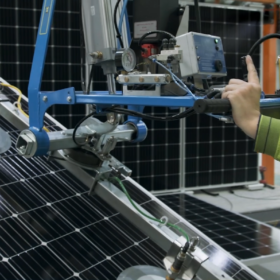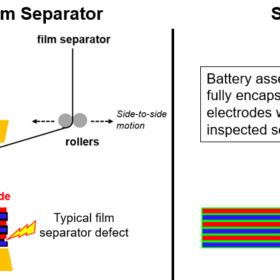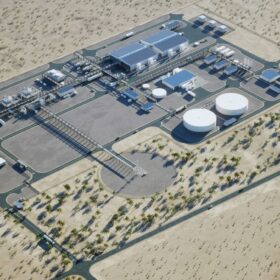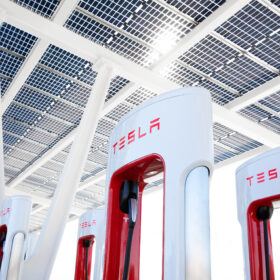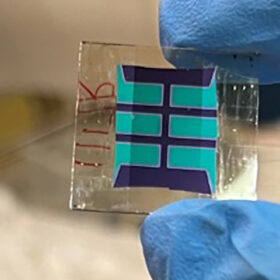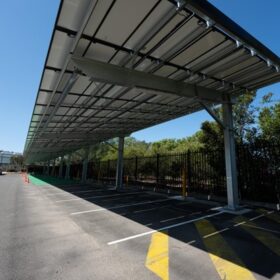US agency says microgrid could provide model for PNG
The United States government, through the U.S. Agency for International Development, has committed $1.86 million (USD 1.2 million) to support the development of a solar-powered microgrid in Papua New Guinea’s Central province.
Maxeon to build 3 GW cell and module plant in US
Singapore-headquartered solar manufacturer Maxeon Solar Technologies will invest more than $1.5 billion (USD 1 billion) to establish a TOPCon manufacturing facility in the United States, creating up to 1,800 highly skilled jobs.
H2X to accelerate growth after landing US funding deal
Australian hydrogen technology startup H2X Global will accelerate the rollout of its hydrogen-powered vehicle range in both domestic and international markets after securing an $87 billion (USD 57 million) investment agreement with United States-based Verde Mobility.
Vertical bifacial solar seeking greenhouse albedo and deployment space
A farmer in the United States has installed vertical bifacial solar, leveraging greenhouse albedo to increase output. The installation demonstrates promising generation during winter months, while maximising limited land space.
Autonomous robots for solar installation gain traction
Installation robots are moving from test centres to the field. American technology companies Sarcos Technology and Robotics Corporation and Terabase Energy recently announced key business developments.
Australia invests $50 million to expand clean energy supply chains
The Australian government has committed $50 million to support the development and diversification of clean energy supply chains in the Indo-Pacific as it seeks to increase manufacturing opportunities and enhance energy security in the region.
Separator tech to prevent battery fires
United States-based battery startup Nuvola Technology says it has developed a direct deposition polymer separator technology that can eliminate the primary cause of lithium-ion battery fires.
Fortescue snaps up ‘fast-to-market’ green hydrogen project in US
Australia’s Fortescue Future Industries has made its first major move in the United States since the passage of the landmark Inflation Reduction Act, outlaying $34.42 million (USD 24 million) to purchase the ‘fast-to-market’ Phoenix Hydrogen Hub being developed in the American state of Arizona.
Tesla sues Australia’s Cap-XX over battery technology
Tesla has filed a lawsuit in a United States federal court against Australian energy technology company Cap-XX alleging its supercapacitors infringe two U.S. patents owned by Maxwell Technologies, a subsidiary of the EV and battery manufacturing giant.
NREL develops perovskite solar cells with 93% bifaciality
A research team at the U.S. Department of Energy’s National Renewable Energy Laboratory has made highly bifacial perovskite cells with a front-side efficiency of 23%.
